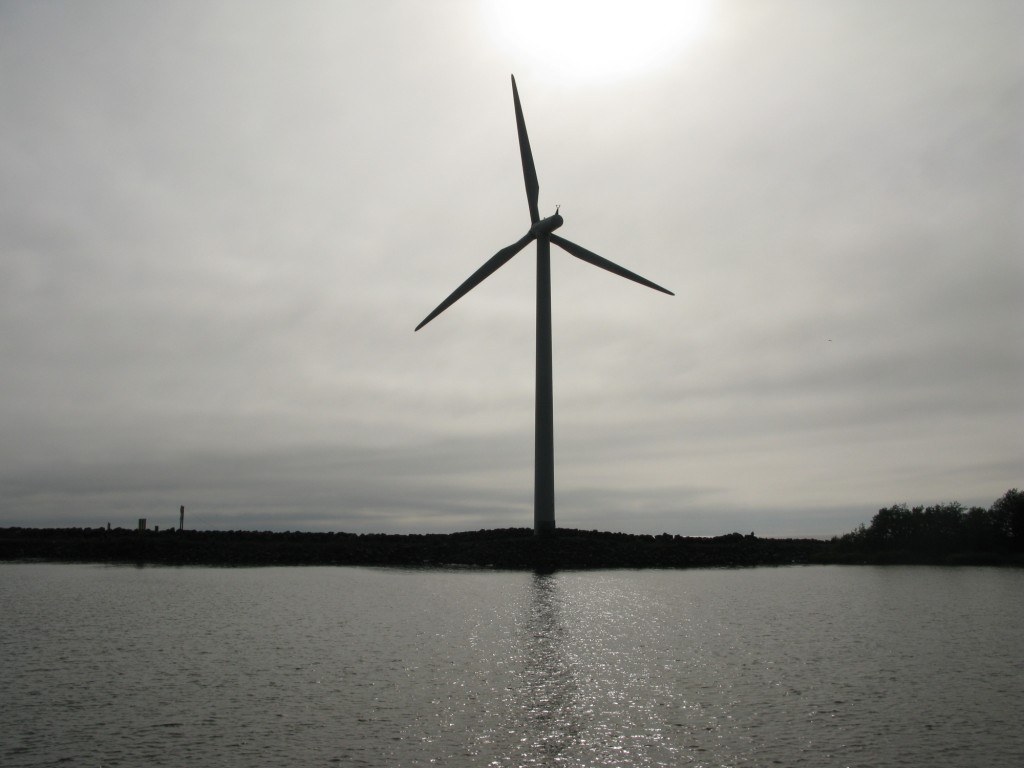
European countries have been leading the charge for quite some time in deploying renewable energy and reducing carbon emissions. Many have set challenging goals for both of these actions.
One such country is Finland, which last year set the goal of reducing carbon emissions by 80% over 1990 levels by the year 2050. In order to accomplish this, all sectors of the energy system will need to be nearly emission free.
Researchers at a leading technical university in Finland have produced a detailed analysis of exactly how this could be achieved with a combination of renewable energy sources, energy storage, and power-to-gas technology. The results are that it is not only feasible, but makes good economic sense as well.
The proposed energy system includes 35 GW of solar power, 44 GW of wind power, 20 GW of battery storage, and 3 million electric vehicles. The electrical generation portion would provide excess power that would be used to create synthetic fuels that can be consumed in applications where electricity cannot provide the necessary power.
The estimated costs for this energy system are actually slightly lower than that for the business as usual scenario in Finland. The overall message from this study is that the option of a fully renewable energy system is a viable and attractive approach as opposed to a radical alternative.
Finland is a fairly small country with only 5 million inhabitants, so the challenge of designing such a future energy system is smaller than that for a country such as ours. But much of what is envisioned for Finland is scalable and there are definitely important lessons to be learned.
**********
.
Web Links
Finland could build 100% renewable energy grid by 2050
Photo, posted June 20, 2010, courtesy of Leo Seta via Flickr.
.
Earth Wise is a production of WAMC Northeast Public Radio.
